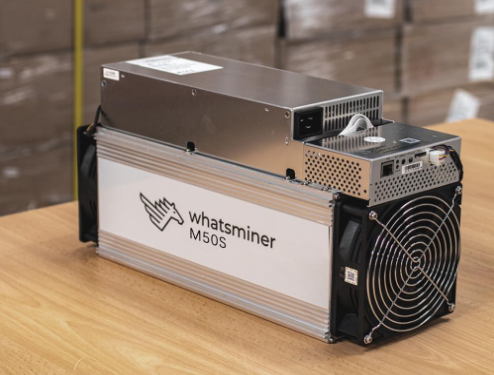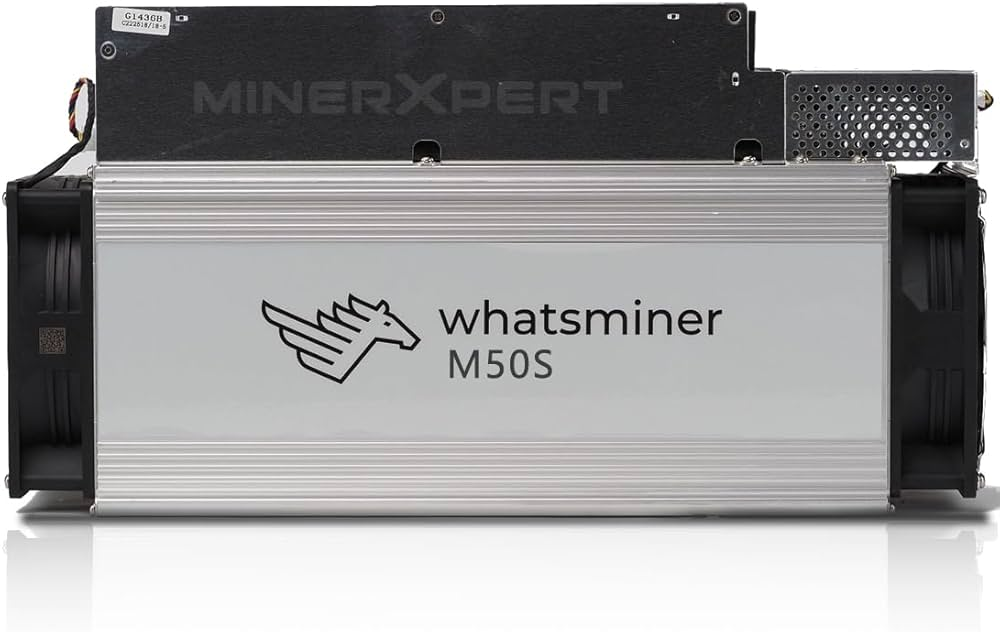Industrial Oscilloscope Applications in Miner Diagnostics
Here’s a comprehensive technical article on Industrial Oscilloscope Applications in Miner Diagnostics:
Precision Diagnostics: Industrial Oscilloscopes in Cryptocurrency Mining Hardware Maintenance
The relentless evolution of cryptocurrency mining demands increasingly sophisticated diagnostic technologies. Industrial oscilloscopes have emerged as critical instruments for detecting subtle hardware anomalies that can significantly impact mining efficiency and equipment longevity. By capturing high-resolution signal waveforms and providing advanced analytical capabilities, these sophisticated diagnostic tools represent a quantum leap in preventative maintenance strategies for mining operations.
Modern cryptocurrency mining hardware operates under extreme computational and thermal stress, with hash boards experiencing nanosecond-level signal variations that can indicate impending component failures. Industrial oscilloscopes enable mining technicians to perform granular electrical signal analysis, transforming what was once a reactive maintenance approach into a predictive diagnostic methodology.

Signal Integrity and Pulse Width Modulation Analysis
Pulse Width Modulation (PWM) signals serve as critical indicators of semiconductor health in mining hardware. High-speed oscilloscopes with multi-channel synchronous triggering capabilities can detect microscopic irregularities in these signals that traditional monitoring methods might overlook. By capturing PWM signal waveforms at sampling rates exceeding 1 gigasample per second, technicians can identify potential driver chip degradation before catastrophic failures occur.

The diagnostic process involves comparing real-time PWM signals against comprehensive waveform databases developed through extensive empirical research. These databases contain reference signatures for optimal semiconductor performance, allowing immediate identification of deviations that suggest emerging hardware issues.
Power Supply Ripple Characterization
Power supply stability represents another crucial diagnostic dimension. Industrial oscilloscopes can precisely measure voltage ripple, a key indicator of capacitor health and overall power infrastructure integrity. Research indicates that power ripple exceeding 200 millivolts correlates strongly with potential ASIC cluster failures.
Advanced oscilloscope technologies enable multi-channel simultaneous monitoring, allowing comprehensive power supply analysis across different mining rig segments. By establishing baseline ripple characteristics and tracking incremental changes, mining operators can predict and preempt potential system failures with unprecedented accuracy.
Practical Diagnostic Methodology
Implementing a robust diagnostic workflow requires systematic signal acquisition and analysis. Technicians typically follow a structured approach:
- Establish baseline waveform signatures for critical components
- Configure oscilloscope triggering parameters to capture transient events
- Perform comparative analysis between reference and current signals
- Quantify deviation metrics for precise failure probability assessment
Case studies from large-scale mining operations demonstrate that this methodology can reduce unexpected hardware downtime by up to 40%, representing substantial economic advantages in a capital-intensive industry.
Technological Innovations and Future Perspectives
Emerging oscilloscope technologies are integrating artificial intelligence and machine learning algorithms, enabling more sophisticated predictive maintenance strategies. These advanced systems can autonomously recognize complex signal patterns, potentially identifying hardware degradation trends before they become measurable through traditional diagnostic approaches.

The integration of cloud-based waveform databases and real-time signal analysis represents the next frontier in mining hardware maintenance. Such systems could provide global, aggregated insights into semiconductor performance across diverse mining environments, creating unprecedented transparency in hardware reliability assessment.
Challenges and Limitations
Despite their remarkable capabilities, industrial oscilloscopes are not infallible diagnostic tools. Factors such as electromagnetic interference, signal coupling, and probe selection can introduce measurement uncertainties. Skilled technicians must possess deep understanding of both electrical engineering principles and cryptocurrency mining hardware architectures to extract meaningful insights.
Moreover, the rapid technological evolution in mining hardware demands continuous recalibration of diagnostic methodologies. What constitutes a meaningful signal deviation today might become obsolete as next-generation semiconductor technologies emerge.
Conclusion

Industrial oscilloscopes have transcended their traditional role as measurement instruments, becoming essential diagnostic platforms in cryptocurrency mining infrastructure. By enabling precise, data-driven hardware maintenance strategies, these technologies are reshaping our understanding of equipment reliability and performance optimization.
As the cryptocurrency mining landscape continues to evolve, the symbiosis between advanced diagnostic technologies and sophisticated hardware will become increasingly critical. Operators who embrace these precision diagnostic approaches will gain substantial competitive advantages in an increasingly complex technological ecosystem.